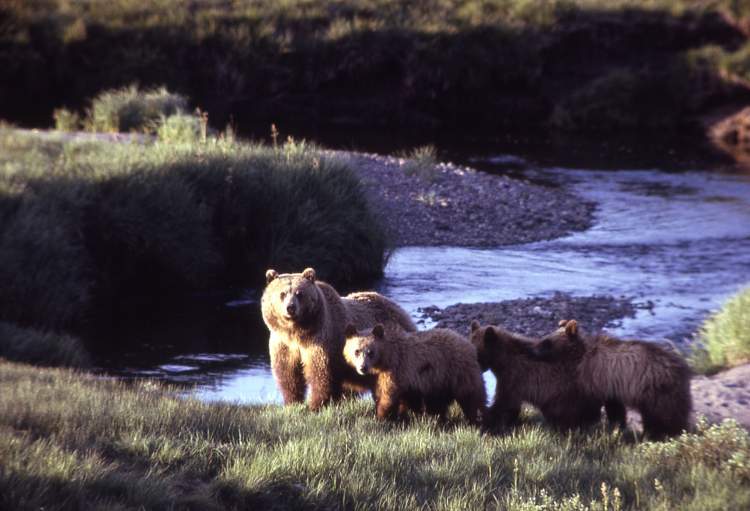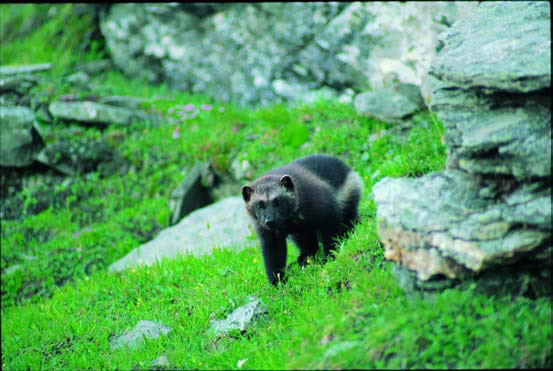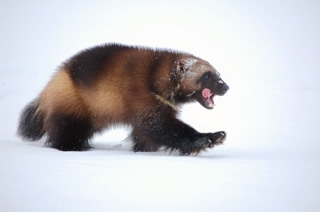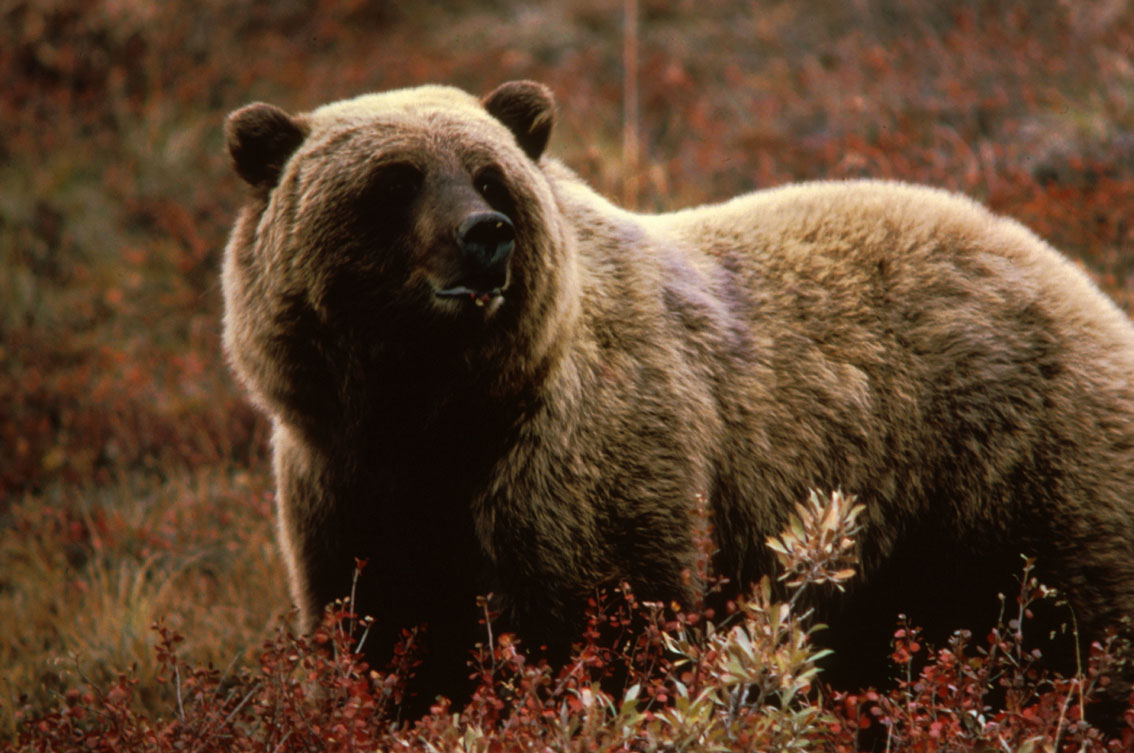NEWS RELEASE: January 25, 2016
CONTACT: Tim Preso, Earthjustice, (406) 586-9699, tpreso@earthjustice.org
Missoula, MT – A coalition of conservationists, represented by Earthjustice, today requested to intervene in a lawsuit filed by snowmobilers that seeks to overturn restrictions on motorized use in recommended wilderness areas on the Kootenai and Idaho Panhandle National Forests.
At issue are the Forest Service’s 2015 revised forest management plans for the two forests, which recommended certain rugged and pristine areas for wilderness designation and prohibited motorized use within their boundaries to protect wilderness character and preserve the opportunity for permanent protection under the federal Wilderness Act. Snowmobile interest groups filed a lawsuit in November 2015 that asks a federal judge to overturn these recommended wilderness designations and open the protected areas to motorized use by snowmobiles and four-wheelers.
“Snowmobilers already have access to 86 percent of the Kootenai forest and 70 percent of the Idaho Panhandle forest,” said Earthjustice attorney Tim Preso, who is representing the conservationists. “We are standing up to defend the peace and solitude of the last pockets of wilderness-quality lands in these otherwise heavily logged and motorized forests.”
The recommended wilderness areas at issue include landscapes prized for their outstanding backcountry recreation opportunities, including Scotchman Peaks and Roderick Mountain in Montana and the Mallard Larkins and Selkirk Range in Idaho. These areas are home to mountain goats, grizzly bears, Canada lynx, wolverines, and a wide variety of other species, including the last remnant population of woodland caribou in the continental United States. In total, they constitute just 4 percent of the 2.2-million-acre Kootenai National Forest and 7 percent of the 2.5-million-acre Idaho Panhandle National Forests.
Earthjustice is representing The Wilderness Society, Headwaters Montana, Idaho Conservation League, Montana Wilderness Association, Panhandle Nordic Ski and Snowshoe Club and Winter Wildlands Alliance. The groups seek to defend the Forest Service’s designation of recommended wilderness areas and wild and scenic river eligible areas and its decision to restrict motorized access in these areas.
Earthjustice, the nation’s premier nonprofit environmental law organization, wields the power of law and the strength of partnership to protect people’s health, to preserve magnificent places and wildlife, to advance clean energy, and to combat climate change. Because the earth needs a good lawyer.



